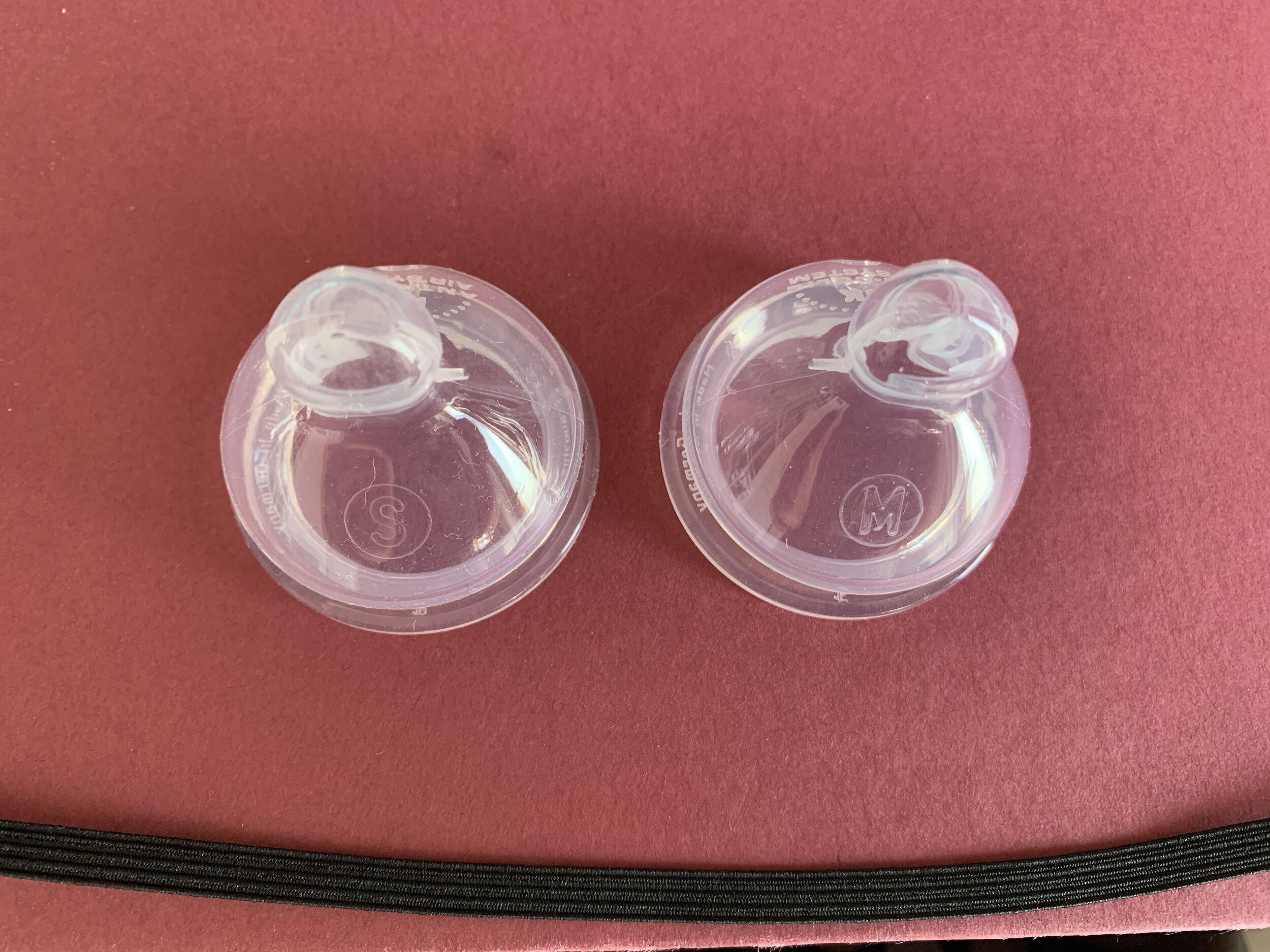
moving up a teat size
The size of a teat determines the speed of milk flow; smaller teats have a slower flow and milk flows faster from larger teats. It’s best to start with the slowest flow and work your way up to medium and fast flow as the baby grows. Some babies might be happy on slow or medium flow, while others will progress to fast flow. Take your cues from your baby. The most important thing is to ensure your baby is dictating the pace, through responsive feeding.
When the flow is too slow:
Frustration while feeding; unlatching from the teat and crying
Biting the teat
Taking longer to feed
Losing interest in a feed
Falling asleep before finishing a feeding
When the flow is too fast:
Choking, spluttering or coughing on the milk
Milk overflowing from their mouth
Upset during a feed
Spill or posset milk after a feed
